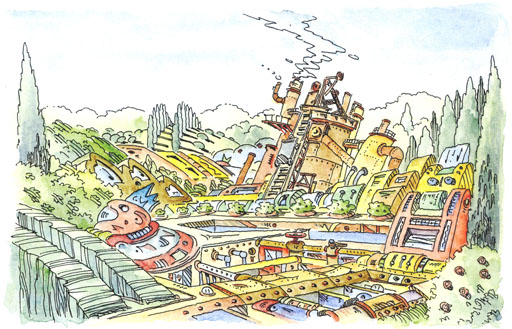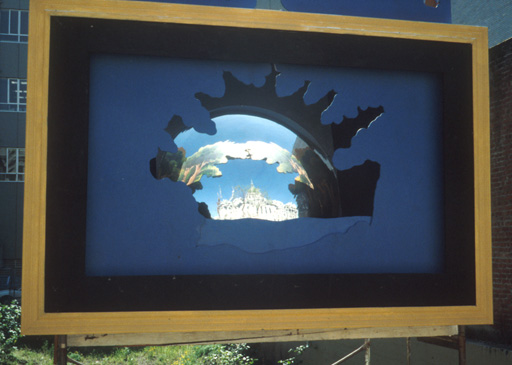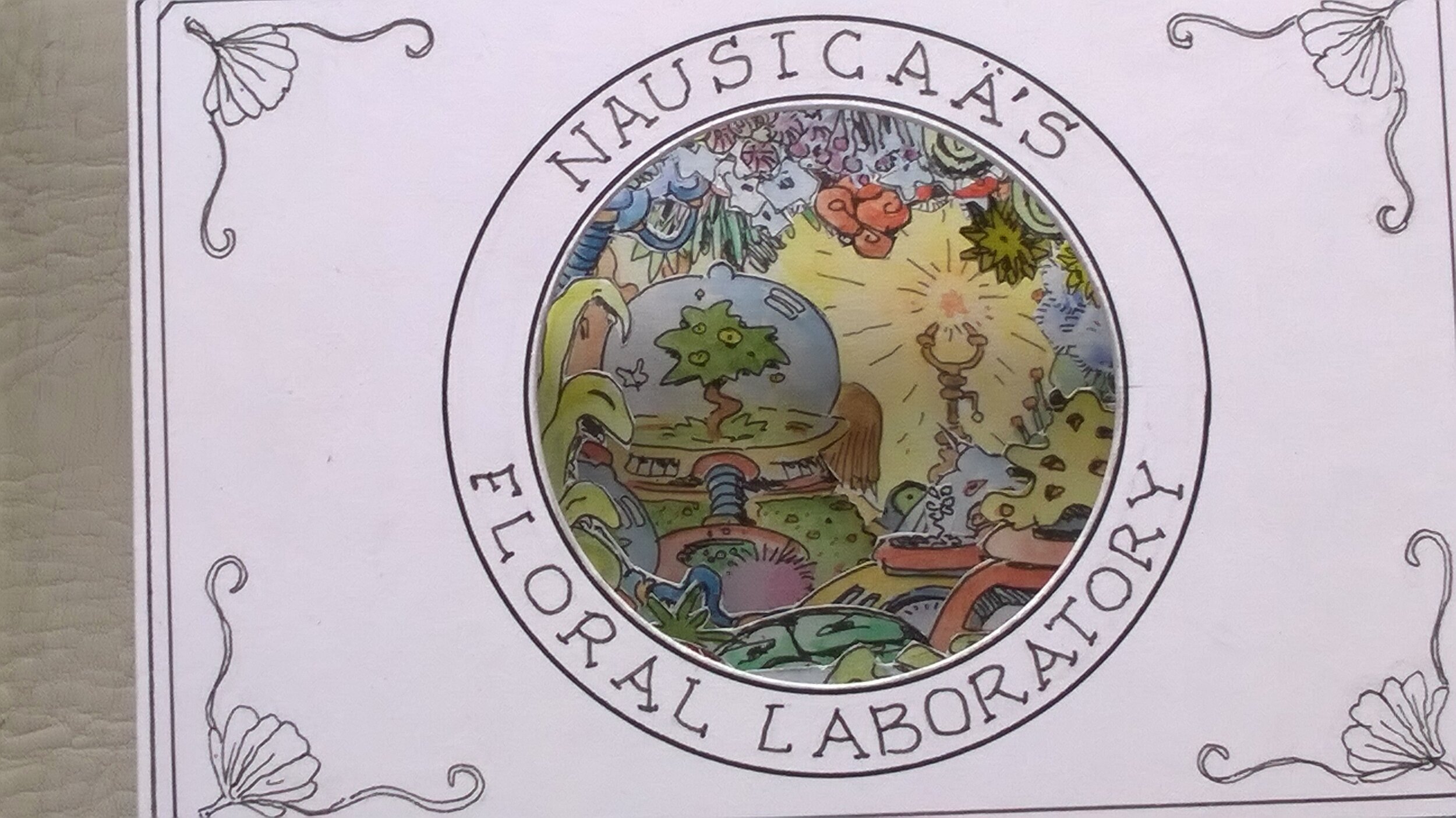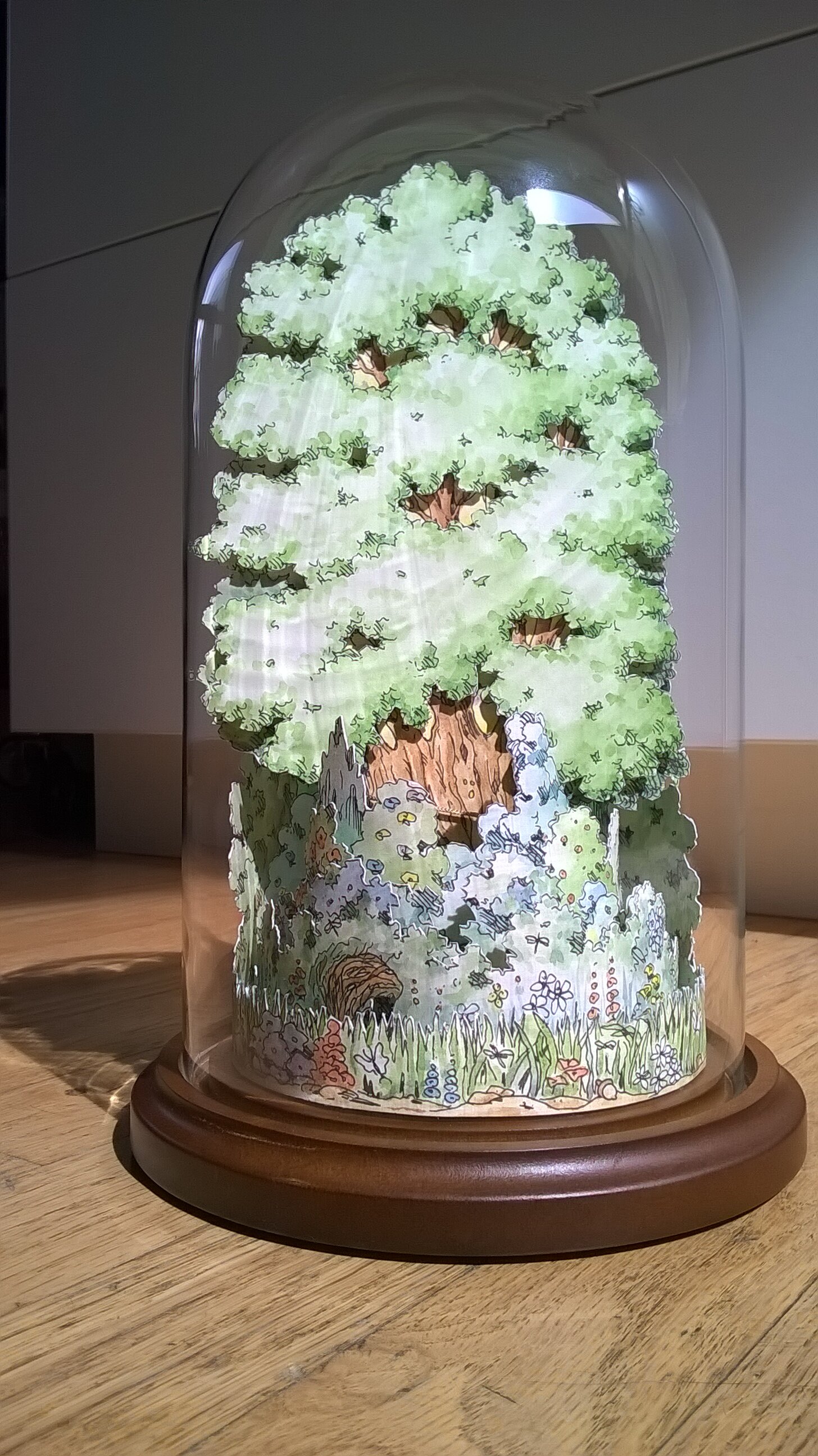




ARBOREAL HABITATS
Living in the tropical wonderland of Miami, Florida, in the late 1970s, I had a vision for a new form of landscape. What if designers could grow vegetative habitats for dwelling spaces? Watching fast-growing plants in the jungle ecosystems of South Florida completely engulf almost anything in their path with a botanical veneer, I wondered if horticulturalists could hybridize species to create a truly “green” architecture? The Baobab tree, known as the Tree of Life in its native African homeland, has been used as a human habitat for centuries. As the tree grows it becomes hollow inside and can function as a living space. The Baobab tree can be considered one of the first forms of botanic architecture! Using the Baobab tree as cultivar for propagation and speeding up its growth with high powered organic fertilizer, designers could grow a community. Planting Baobab trees tightly together and grafting them into clusters could create garden spaces around the hollowed interior dwelling units.
List of Illustrations:
Section of Baobab tree with interior living spaces, and elevations of grafting to form clustered housing and gardens.
Perspective of dwellings and gardens
Site Plan of visionary Baobab community
Axonometric drawing of Baobab community and gardens










energy conserving landscape design
The importance for energy conserving design became apparent in the early 1970's when the oil crisis alerted the world to its dependence on diminishing fossil fuel reserves. The typical architectural and engineering solution to the "energy crisis" was to make buildings more efficient for mechanized heating and cooling. I have been exploring the potential of the classical and historical garden as a framework for passive energy systems and ecological networks. These experimental gardens reinterpret ancient garden design techniques and apply them to new forms for energy conservation. Now more than ever we need to create landscapes in which plant forms and garden structures are manipulated into new systems that conserve energy. These innovative passive design solutions could help reduce our growing energy demands not only in the landscapes of America, but, most of importantly, throughout the world.







New age Gardens 1977-1979
The following EXPERIMENTAL GARDENS explore the potential of utilizing plant forms to ameliorate the environment, create stabilized micro-climates and produce wildlife habitat that is integrated with humans. The scales of the habitats explored range from single family dwellings, cluster housing and large scale green roof communities.
To further understand the potential role of these vegetation-community relationships, an attempt has been made to calculate the free systems of nature in each garden. The calculations are in terms of oxygen production, water transpiration, leaf area and sulfur dioxide removal. It is realized of course, that it is not totally possible to predict exact figures for a system, because of the many variables involved: air movement, pollution levels, vegetation type, and season, etc.
These experimental gardens were created during the evenings and weekends while working full time for a large corporate landscape firm in Miami, Florida. After a full day in the office, I would come home, take a nap, get up, make a pot of coffee and draw into the wee hours of the night. These gardens were imagined long before the terminology and popularity of green roofs and, green walls and sustainability became commonplace.




How to telepathically communicate
These exercises were developed for my night class, Sacred Landscapes. During the COVID Crisis, it is important that we can continue to communicate with one another.



Steampunk Gardens
"The movement towards a Sustainable Future must include the peeling away of intervening images between landscape function and landscape experience."
-Robert Thayer
Today our world's mechanisms have mostly become miniscule and buried in plastic and silicon and we no longer see how things work. The Steampunk Garden intends to reveal insights into the hidden forces of nature and make visible the mechanical systems that power our landscapes. As a reaction to the sterile plastic world of contemporary technology these landscapes expose the intersection of the garden and the machine with a Victorian sense of detail.s can be read either individually or together. They pose a controlled environment for observation, a means to look at content through a lens.









gonzo gardens
The Gonzo Garden Series is inspired by three major forces: the California garden style of the 1940's and 1950's developed by Thomas Church and Garret Eckbo; the cubist gardens exhibited in the 1925 Paris Exposition Internationale des Arts Decoratifs et Industriels Modernes; and the spontaneous prose of Jack Kerouac, based on improvisational Jazz.
The garden design begins with a strong formal layout, but then breaks apart into asymmetrical space. As one moves through the gardens, the view planes constantly shift and are sometimes framed with jagged edges to distort the perspective. These broken planes set up oblique angles, creating differing illusions of space. Small reflecting pools are used to increase the element of depth, reflection and illusion. Mechanical objects are systematically placed in the flat planes of lawn to suggest the conflict between technology and nature. The gardens are also an attempt to depict the hidden flow of energy through ecosystems. In these drawings, this underlying system of flows and interchanges is brought to life through the use of sweeping interconnected lines, patterns, strong ranges of color orchestration and brilliant color contrasts.

















environmental installations
These site-specific environmental installations consider new directions in landscape architecture from an environmental aesthetic that views landscape as an art form. These installations attempt to evoke natural forces in order to transform the way we understand landscape. Here, the science of the comic book merges with traditional landscape painting into 3-dimensional landscape form. By knitting together diverse forces of inspiration, these ecological parables are brought to life through viewing machines, mirrors, optical devices, and dioramas that invite the viewer to interact with the artwork itself. Ideally the work will increase the viewers perception, enhance their experience and instill an awareness of the fragile state of the earth's ecology and inspire the viewer toward change and action.





Totoro’s vitrine and nausicaa optical device
Totoro Vitrine: Ink & Watercolor Diorama of the Secret Tree that is Totoro's home. Peer inside and the Mystery is revealed. Exhibition: Artists Inspired by Miyazaki, 2019, Cukui Gallery, San Jose
Nausicaa, Optical Device: A 3-D Accordion Tunnel Book. Look through the viewing port to watch Nausicaa at work in her Secret Lab, pondering the Alchemy of the Forest. Exhibition: Artists Inspired by Miyazaki, 20120, Cukui Gallery, San Jose


